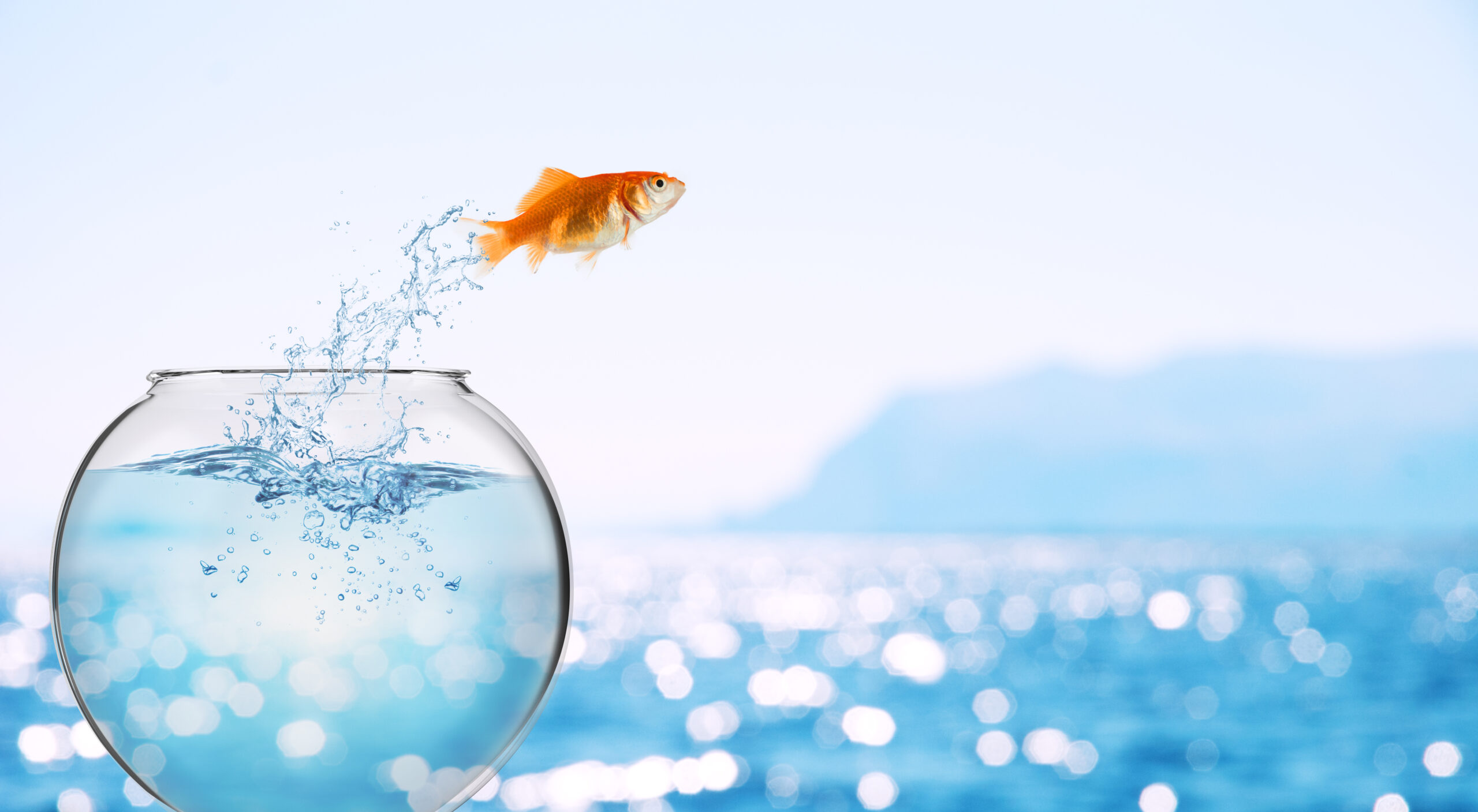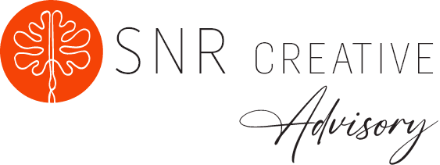If you witnessed an 8-year-old child take a risk by leaping from a swing, climbing a tall tree, or speaking up with unfiltered honesty, would you call them reckless or courageous?
What if, instead of an 8-year-old child, it was a 48-year-old adult?
If you would call the same behavior courageous in a child that you would call reckless in an adult, you are not alone. It turns out that there is an unspoken rule among adults: generally speaking, they are not supposed to take risks.
Somewhere along the path to adulthood, many of us trade in our courage for caution. We become experts in risk management, playing it safe, and coloring inside the lines. And while that might keep us “protected,” it also keeps us small.
But here’s the truth: courage isn’t something we outgrow. It’s something we forget how to access.
As children, we were wired for exploration. We didn’t need a five-step plan or a risk assessment to try something new. We just did it. We fell, we failed, we got back up. And we didn’t call it failure—we called it learning.
So, what changed?
We learned to fear others’ judgment, especially when we act differently from the “norm.”
We learned to tamp down our sense of wonder and adventure.
We learned to equate success with safety, and in doing so, we often lose touch with our boldest selves.
Here’s the good news: we can unlearn the things that keep us living “safe” and reconnect with our child-like sense of wonder and adventure.
Caveat: I am not suggesting that you throw all caution to the wind and radically alter your life without any forethought and careful consideration. It would be unwise to embark on anything meaningful (and potentially life-changing) without doing some research, taking an honest assessment of your resources, and consulting with others (directly or indirectly) who have experience in the area you are exploring.
What I am talking about is doing all of the research, knowing you have the ability (or at least enough to get started), and not moving forward because you feel some fear.
In fact, some of the most courageous adults I know aren’t fearless—they’re just willing to feel the fear and do it anyway. They’ve remembered what we all once knew: that risk is the price of growth, and discomfort is the birthplace of transformation.
So, how do we reclaim that childhood courage?
Start by asking yourself:
- When was the last time I did something for the first time?
- What would I try if I weren’t afraid of failing?
- What did I love doing as a child that I’ve stopped doing as an adult?
Courage is a muscle—like any muscle; it strengthens with use. Start small. Speak up in a meeting. Say yes to something uncertain. Let yourself be seen, even when it’s uncomfortable.
And if you need a little help? That’s not a weakness. That’s wisdom. We’re not meant to do this alone. A coach, a mentor, a trusted friend—they can help you reconnect with the brave, bold version of yourself that’s still there, waiting.
But here’s the big “secret”: courage isn’t the absence of fear. It’s the decision to move forward with fear.
Below are a few practical exercises you can do to reconnect with your courage muscle and bolster your willingness to take risks and move forward in the face of fear —
-
Revisit Your Childhood Bravery
What to do:Reflect on a time when you were bold as a child. What made you feel safe enough to take that risk? What did you learn?
Why it works: Your younger self has wisdom your current self may have forgotten. -
Fear Mapping
What to do: Write down something you want to do but have been avoiding. Then list:- What you’re afraid might happen
- How likely each fear is
- What would you do if it did happen
Why it works: Fear often thrives in vagueness. Naming it shrinks fear, and planning it disarms it.
-
Create a “Little Leap” List
What to do: List five small risks you could take this week. Examples:- Ask a question you’re afraid is “dumb.”
- Share an idea before it’s fully formed
- Say no to something out of alignment
Why it works: Courage compounds. Small acts of courage build the muscle for bigger ones.
-
Courage Role Models
What to do: Think of someone you admire for their courage. Write down what they did that inspired you. Then, ask: What would they do in my situation?
Why it works: Sometimes, we need to borrow bravery until we remember our own.
Remember: your past hesitations don’t define you. They inform you. Every time you chose safety over risk, you gathered data. Now, you get to use it.
The next time fear whispers, “What if something goes sideways?” let courage answer, “What if it works?”
Ready to rediscover your courage but need some support?
Let’s talk. Drop me a line at [email protected].





